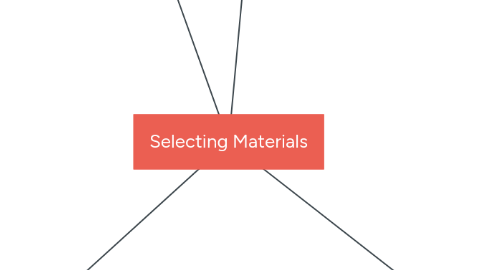
1. Existing Proposals for Evaluating Materials
1.1. evaluation checklists
1.1.1. Questionnaires designed by Tucker (1975), van Lier (1979) and Williams (1983), which were complex and unpractical.
1.1.2. Breen and Candlin’s (1987) interactive, step-by-step guide to coursebook evaluation envisages two phases: ‘overall usefulness and searching analysis.
1.1.3. Sheldon’s very useful framework (1988) covers a range of criteria from those relating to purely practical factors like availability and physical characteristics such as layout and graphics.
1.1.4. Focusing on materials as a pedagogic device, Littlejohn’s (1998) analysis contains two main dimensions: publication, which refers to the ‘tangible’ or physical aspects of the materials, and design, which relates to the thinking underlying its production and use – including its aims, how the tasks, language and content in the materials are selected and sequenced and the nature and focus of the content.
1.1.5. A principal problem with checklists and questionnaires of the kind discussed above is that they frequently involve making general, impressionistic judgements about materials rather than providing an in-depth and systematic investigation of what they contain.
2. A Framework for the Selection of Coursebooks
2.1. This stage would also include considering whether the target age range, culture, assumed background and entry/exit levels of students have been clearly specified in the blurb and the extent to which they are valid and appropriate to the intended learners.
2.2. Psychological Validity
2.2.1. Rationale/Learner Needs
2.2.2. Independence and Autonomy
2.2.3. Self-development
2.2.4. Creativity
2.2.5. Cooperation
2.3. Pedagogical Validity
2.3.1. Guidance
2.3.2. Choice
2.3.3. Reflection/Exploration/Innovation
2.4. Process and Content Validity
2.4.1. Methodology
2.4.2. Content
2.4.3. Appropriacy
2.4.4. Authenticity
2.4.5. Cultural sensitivity
2.4.6. Layout/Graphics
2.4.7. Accessibility
2.4.8. Linkage
2.4.9. Selection/Grading
2.4.10. Sufficiency
2.4.11. Balance/Integration/Challenge
2.4.12. Stimulus/Practice/Revision
2.4.13. Flexibility
3. The Roles and Functions of Coursebooks
3.1. Points favoring coursebooks
3.1.1. Approach a wide range of practical needs
3.1.2. provide a route map for both teachers and learners
3.1.3. provide structure and predictability
3.1.4. provide novice teachers with a sense of self-confidence and security.
3.2. Textbooks are highly influenced by political, financial, and cultural views
3.2.1. Points of debate regarding textbooks
3.2.1.1. May take away investment and responsibility from teachers and learners
3.2.1.2. Might hinder class naturality and dynamic
3.2.1.3. Predictability may turn into reduced spontaneity
4. Materials Evaluation and Selection
4.1. macroevaluations
4.1.1. " large-scale projects, typically carried out for accountability and/or developmental purposes."
4.2. microevaluations
4.2.1. "carried out by teachers on a day-by-day and lesson-bylesson basis and focus less on the programme as a whole and more on what specific activities and techniques appear to ‘work’ in the context of a particular lesson."
4.3. SELECTION
4.3.1. determining appropriateness
4.3.1.1. ‘tasks-as-workplans’: evaluation of materials before the class begins
4.4. EVALUATION
4.4.1. ‘tasks-in-process’: evaluation ofmaterials as an onging process
4.4.2. ‘tasks-as outcomes: evaluation carried post-use of materials.

